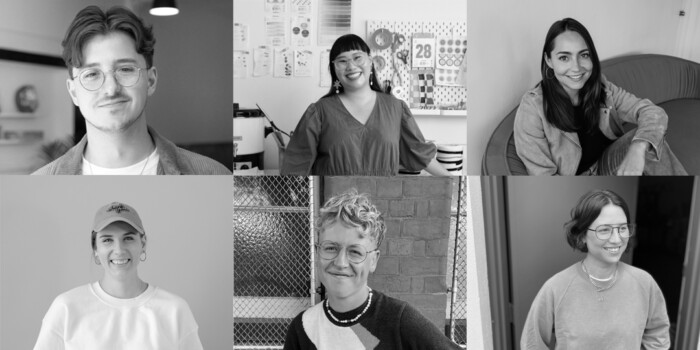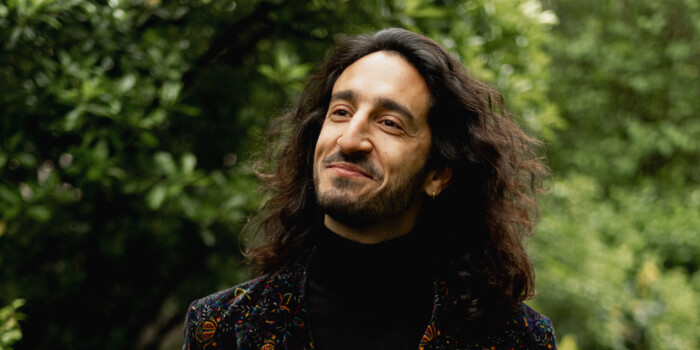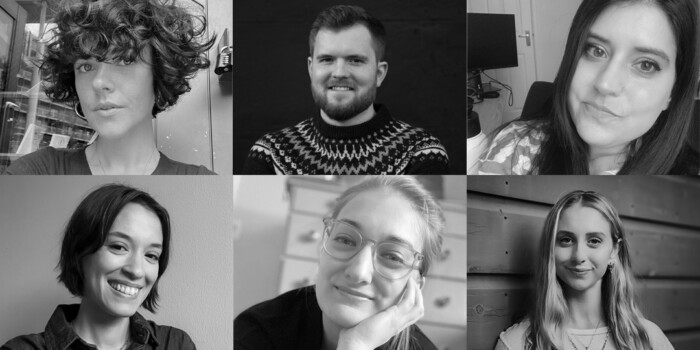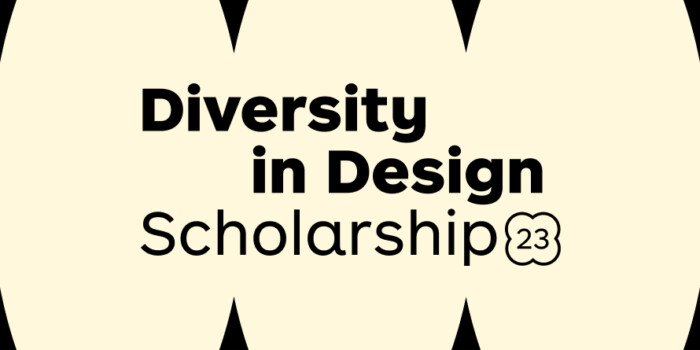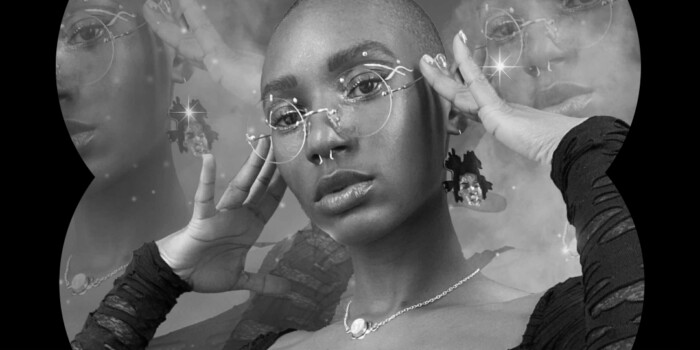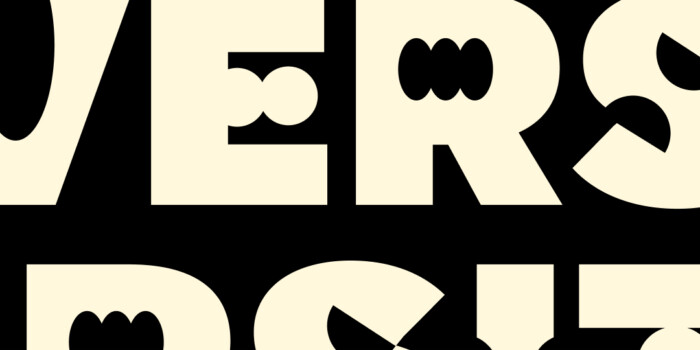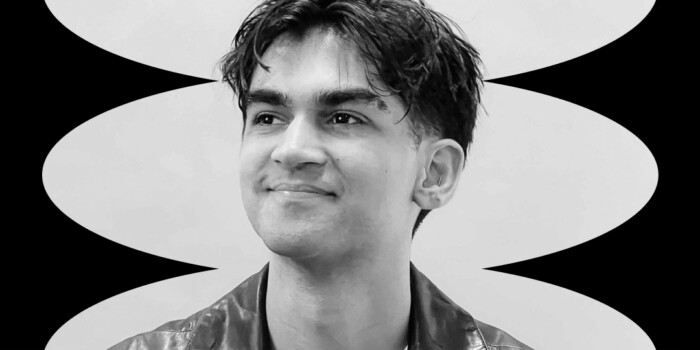Interview with Juan Carlos Pagan, Creative Director at Sunday Afternoon
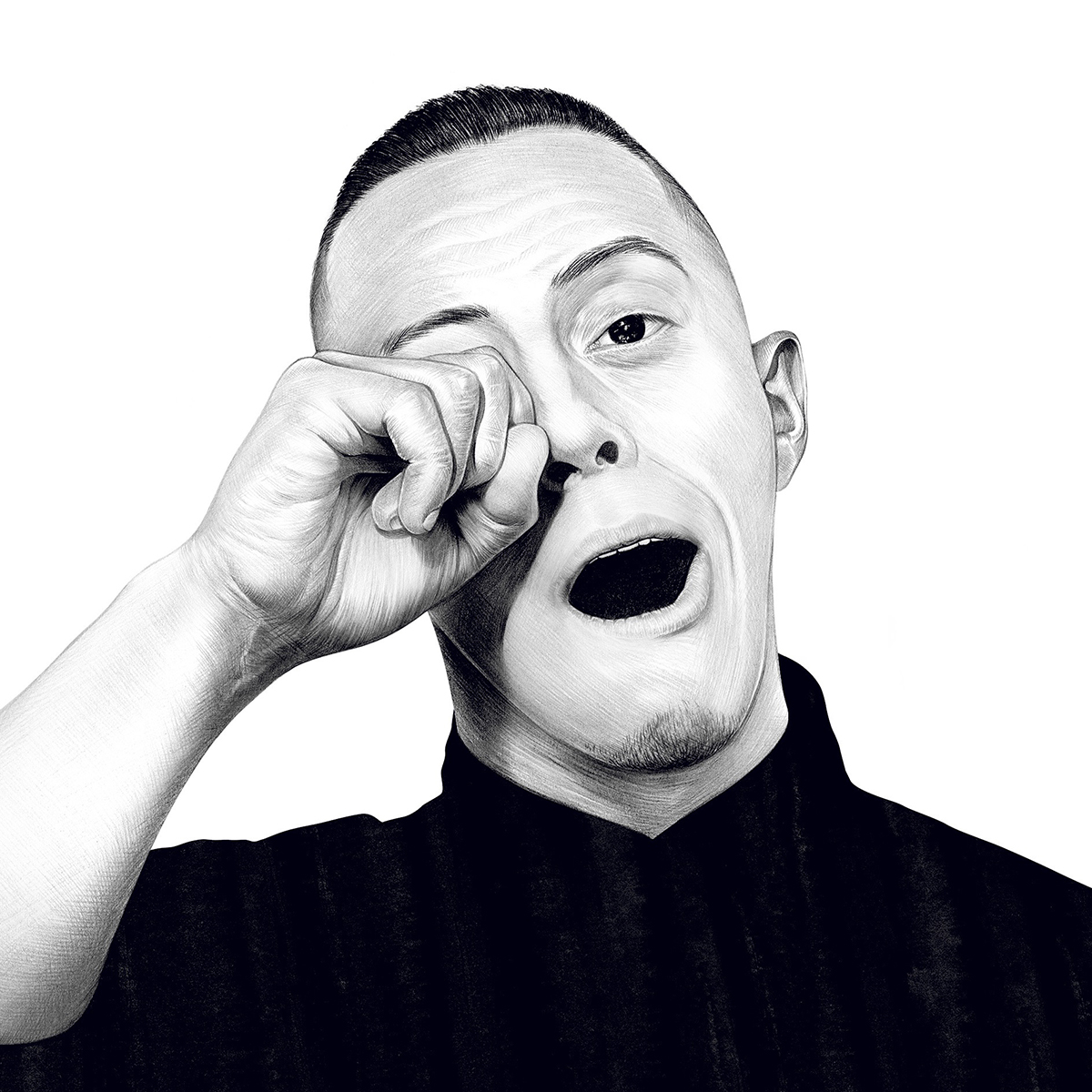
Juan Carlos Pagan is a New York-based designer, typographer and founding partner/executive creative director of Sunday Afternoon, a design studio and artist management agency representing top talent. In his recent guest lecture at the Shillington New York campus, Juan wowed us with his work for Pinterest, Art Director’s Club (ADC), Ciroc, Bacardi, Young Guns and many other typographic projects. He also talked about his experience starting his own studio, the importance of staying involved with the design community and top tips for designers.
You’ve previously held positions as the head of design and a creative director at 72andSunny NY, Deutsch NY and DDB NY. At what point did you decide to start your own business, co-founding the creative content studio and artist management agency, Sunday Afternoon? Any guidance for designers looking to start their own studio?
Opening up my own studio has always been something I’ve wanted to do. After 10 years of working within agencies and learning how to interact with clients and leading a creative team, I decided it was time. Sunday Afternoon grew out of a conversation. A discussion around what it would look like if we built a design studio and an artist management company. A place where artists on the roster had the ability to pursue there own creative interest while also having the ability to collaborate with the internal design studio. The timing of that conversation aligned perfectly with my growing interest in opening my own studio. So we decided to move forward building Sunday Afternoon. It was simultaneously terrifying and exciting. We really had no ideas what we were doing or getting ourselves into. In hindsight, it was the perfect mixture of ignorance, excitement and idealism.

You’re a member of the Type Director’s Club (TDC)—do you think it’s important for creatives to be a part of design organizations and attend meetups?
I think it is hugely important to have a community.
Not just an online community, but a physical community made up of real people you can meet up with to share thoughts, experiences, stories and ideas. It has benefited me greatly. Many of the people that I met at organizations such as the TDC and ADC have not only helped me professionally but have also become dear friends of mine.
You’ve received many awards from TDC, ADC, Print Magazine, The One Show and many others. Do you think designers should submit their work to design competitions and awards?
Awards are a tricky topic. Many people hate them, others love them. The merits of awards like most things likely fall somewhere inbetween. I wouldn’t argue for or against entering awards. Every designer needs to decide on their own if it’s something they want to participate in or not. There are a host of excellent reasons on either side of the spectrum. I have personally found preparing work for award show entries provide me a number of benefits. It forces me to take stock of the work I’ve done over the past year. I’m confronted with the work in a different way. I have to ask myself a lot of pretty tough questions. This process is incredibly valuable and affects the way I build case studies. I would recommend anyone interested in entering awards to view the process of preparing the work as something that has its own intrinsic value and don’t put much stock in “winning”. If you get a nice and shiny thing afterward, great. If you don’t, also great. As nice as it is to win the only person that can give your work value is you.
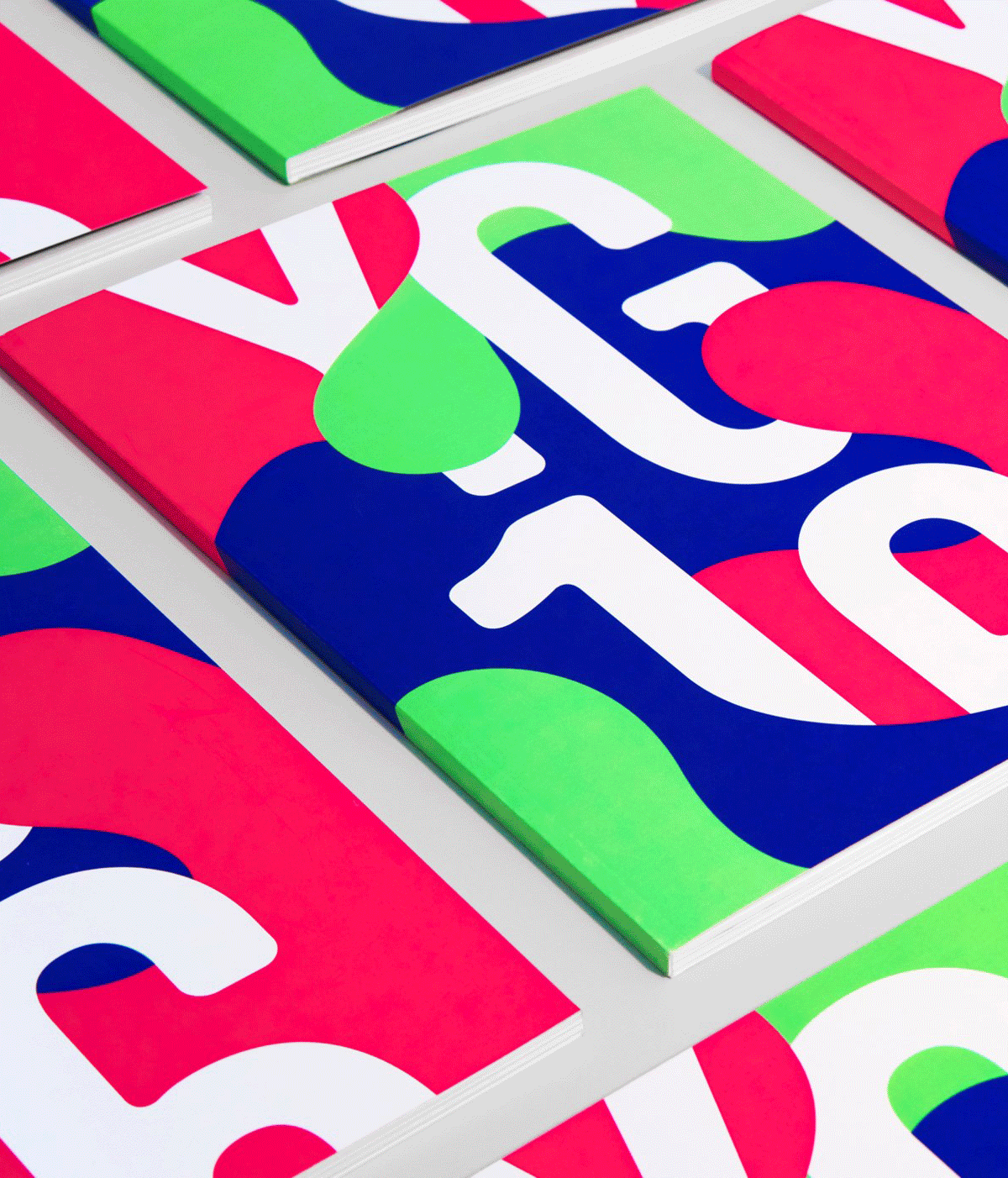
Your typographic work is outstanding! Can you offer some advice on how new designers can start to develop their typographic craft?
Don’t be afraid of type. There are all these “rules” regarding the proper used of typography. I think this prevents designers from experimenting and exploiting letterforms. With that said as much as important as it is to experiment. It’s also worth becoming knowledgeable about type. Dive into the rich history around printing, letterform construction, type design, and systems thinking.
Sometimes it’s best to know the rules in order to break them.

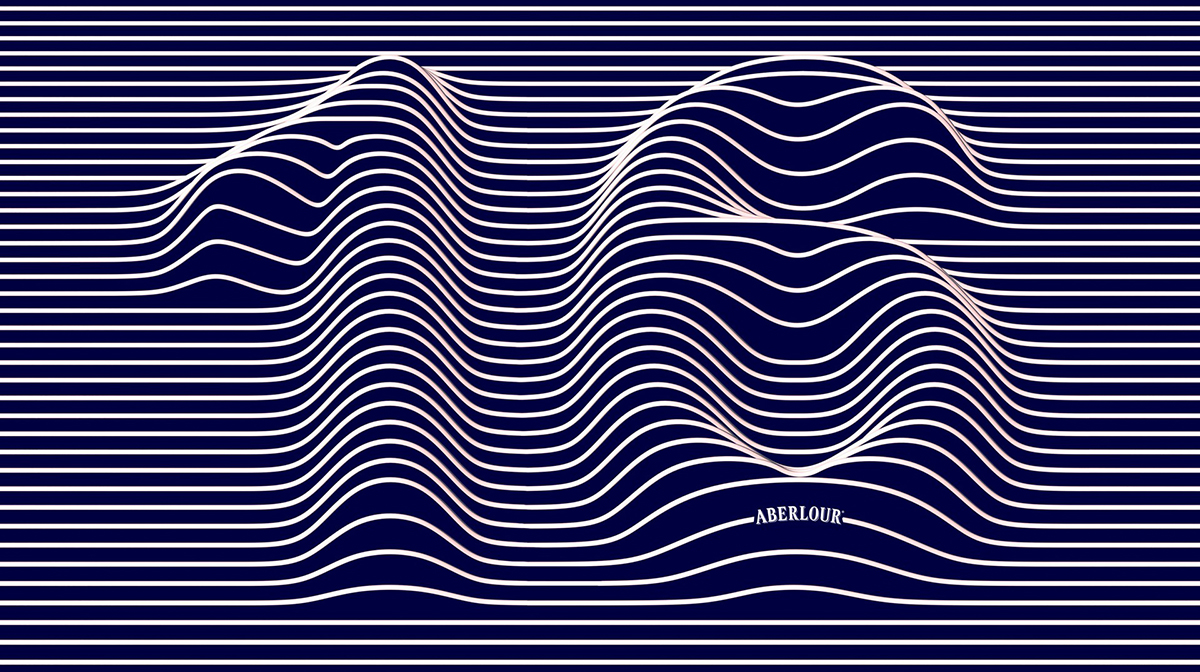
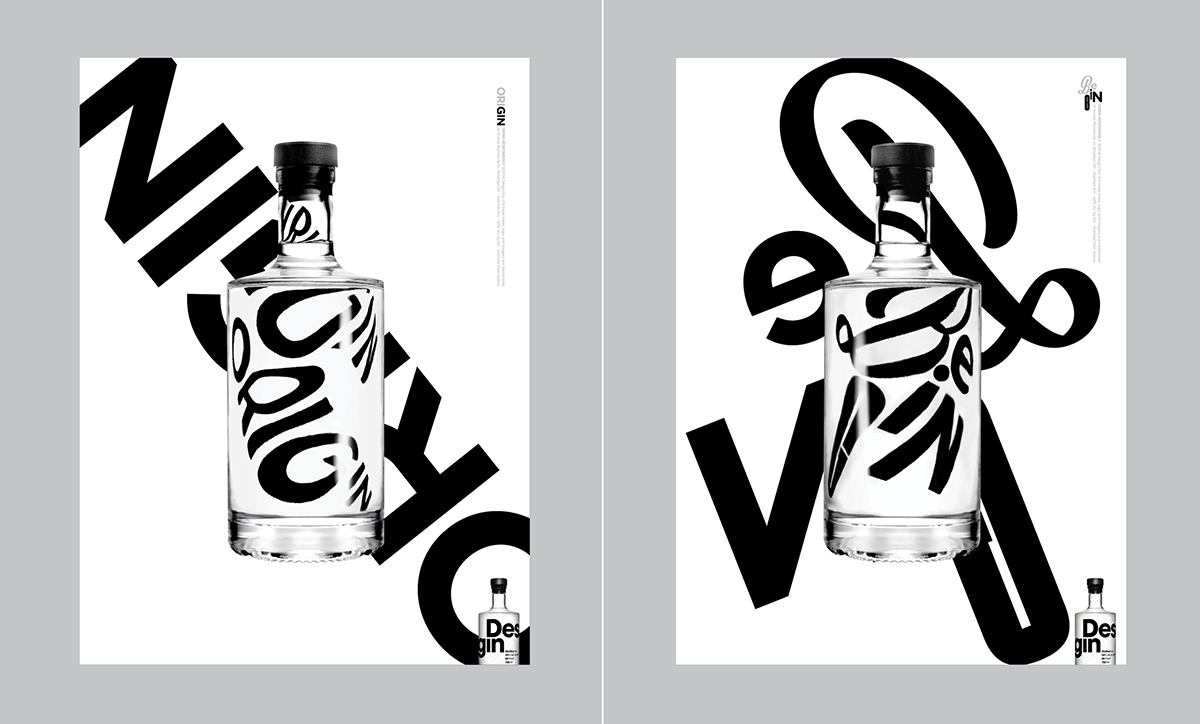
In the presentation, you showed us the complete identity system for Pinterest, including a custom logotype (turning the ‘P’ into a map pin). Tell us about your process creating the identity and working with the client.
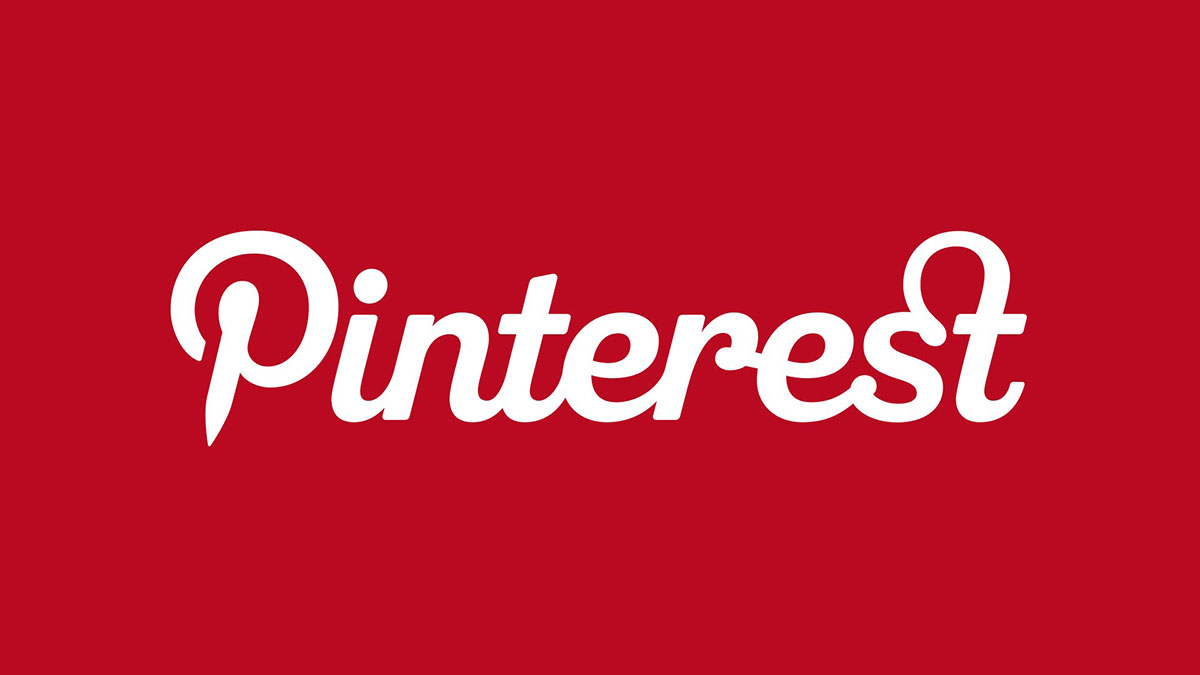
The Pinterest project was quite simple. Ben Silbermann and Even Sharp reached to my good friend Mike Deal out to redesign the Pinterest word-mark and icon. At the time they were using a typeface called Bello Script. They were interested in having something custom. So Mike reached out to me to help him draw the word mark and the ‘P’ icon. We shared a few different directions with them but quickly narrowed down on one. We then went back to refine the ‘P’ which would ultimately be the defining mark for the brand. Ben and Even really wanted the ‘P’ to reference a map pin, which is what you would use on pinboard. Conceptually it made perfect sense. Once we tailored the ‘P’ to feel a bit more like a map pin we were done. The process was smooth and painless. I think It had a lot to do with the fact that Ben and Evan are both extremely smart and knew what they wanted. They also knew how to communicate those needs clearly. There was also a lot of trust between everyone involved.
In the lecture, there were several typographic posters shown. Can you talk a bit more about your designs, the inspiration and process being?
The typographic posters within my portfolio are pretty odd and somewhat experimental I would say. I enjoy merging genres and pushing the boundaries of typography and legibility. In fact, that goes for much of my work overall. Op Art, Psychedelic posters, and American modernist design all somehow play a role within my work. Pulling and pushing at each other while I work until something interesting presents itself.
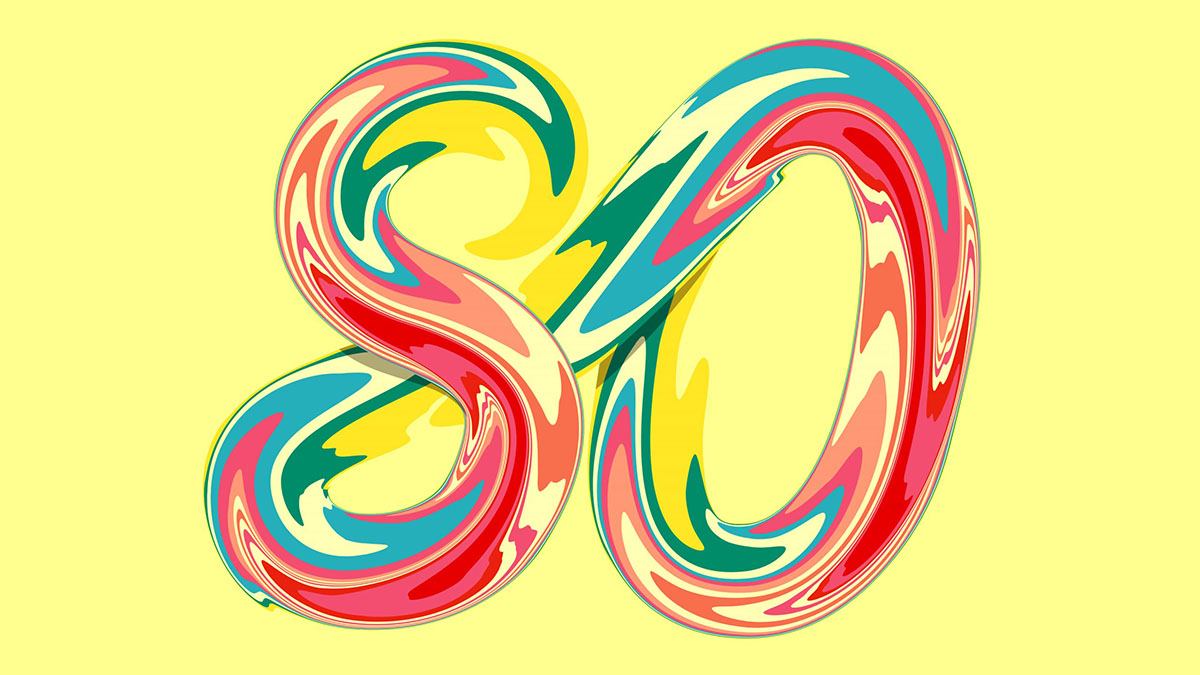
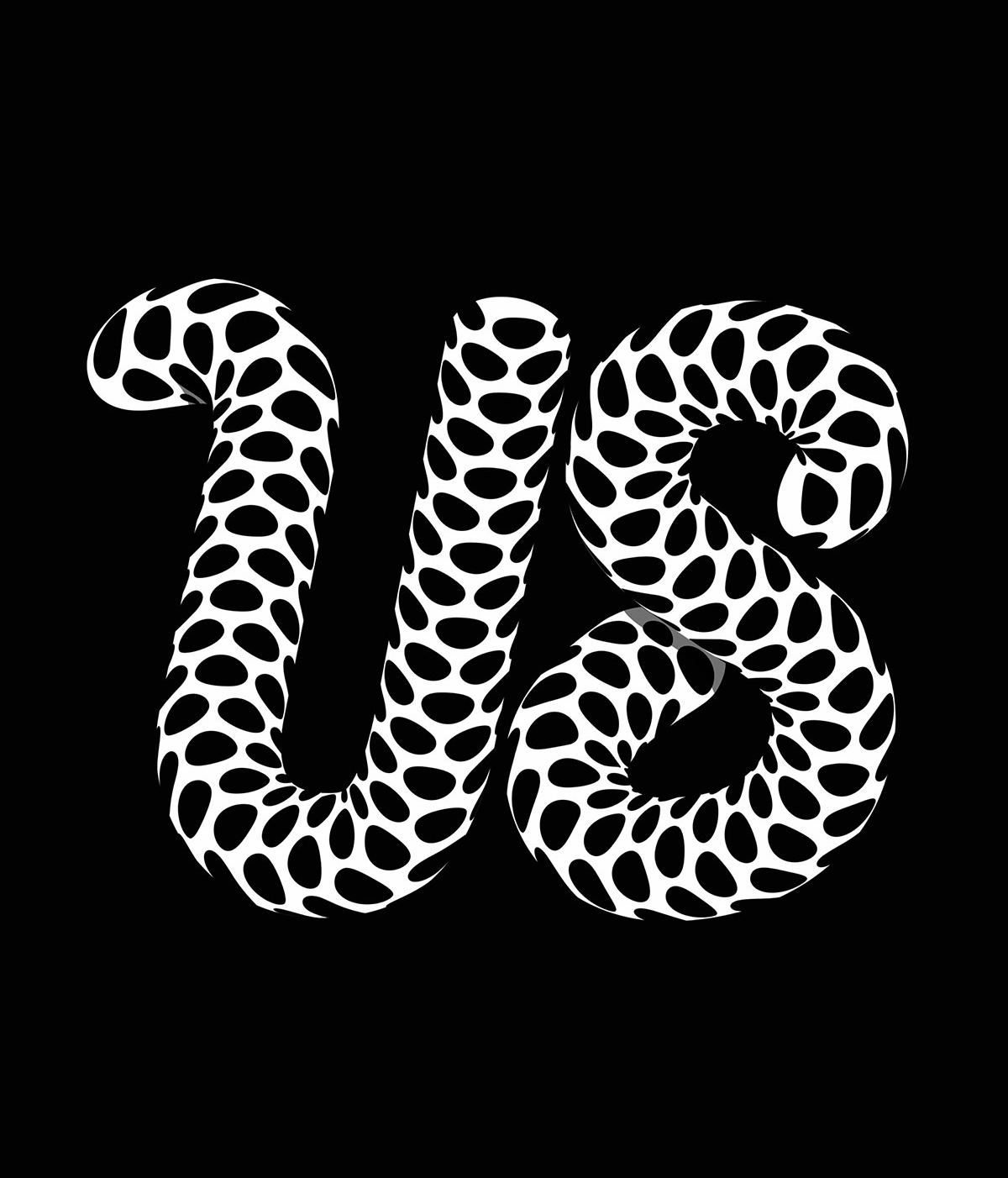
What is your daily work/life routine like?
I’ve adopted a new working routine as of late. Nowadays I normally wake up around 8:00 am. I have a cup of coffee and catch up on emails from home. I enjoy working from my home studio during the early hours of the day. Once I’m caught up I jump on my bicycle and head downtown to the Sunday Afternoon office. Once I arrive at the office I check in with the team on projects we have going on and I review work. If I’m lucky on a good day I’ll only have one or two meetings. Then I can sit down and start designing. I’m usually in the office to about 7:00 pm. I bike to the gym, then home to quickly eat some dinner and a glass of wine if I’m lucky. I hit the bed around 12 am.
Are there any creatives that you are loving at the moment?
Every artist on the Sunday Afternoon roster.
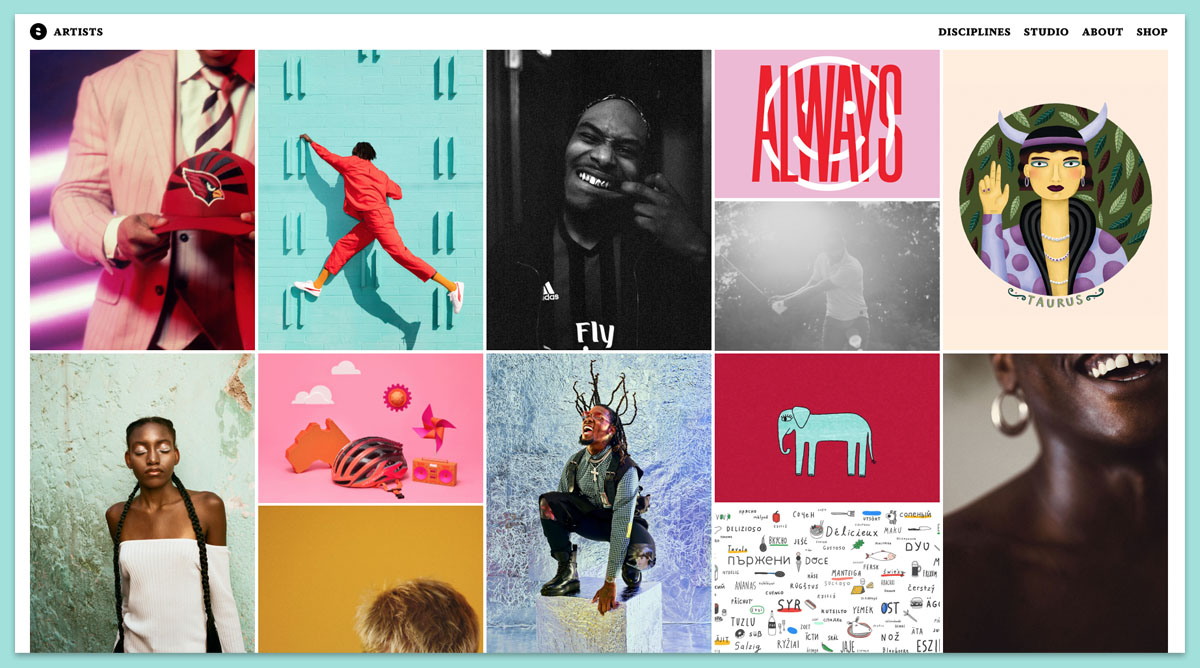
Share your top tips for designers.
Do not make “safe” work. Safe design is boring. Aim to be a little polarizing.
- Learn how to talk about your work in a compelling, passionate, and thoughtful way. It is half the battle. Trust me.
- Be genuinely curious about things. It’s a great habit to cultivate. It will pay off in dividends.
- Keep your education going, and be proactive about it. Take classes, online course, meet up work sessions. Just keep learning.
- Take care of your body and mind. Go for walks, bike rides, jogs, meditate, do yoga. Eat healthy foods that nourish and keep your precious machine in good form. Express gratitude whenever possible, and treat yourself well. It’s very very important.
- Break the rules.
Big thanks to Juan Carlos for coming to the Shillington New York campus to present his work to our students! Be sure to follow him on Instagram to stay updated on his work.
We’ve hosted some of the world’s top creatives, design studios and advertising agencies at Shillington. Check out more interviews from Guest Lecturers.
Want to win some amazing prizes and stay in the loop with all things Shillington? Sign up to our newsletter to automatically go in the draw.

